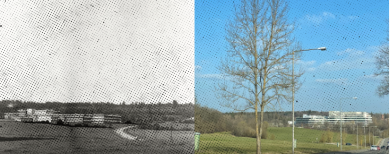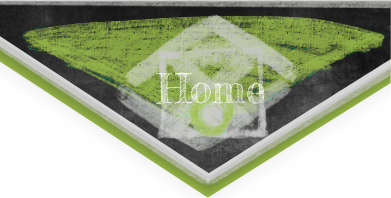The nuclear age
At the beginning of 1949, the Kaiser Wilhelm Institute is renamed the Max Planck Institute for Metals Research (MPI-MF). The Institute soon forges links with international research. The growing importance of solid state physics changes the research focus. The establishment of a Department of Special Metals in 1958 makes the MPI-MF one of the pioneers of nuclear reactor research in the Federal Republic of Germany.
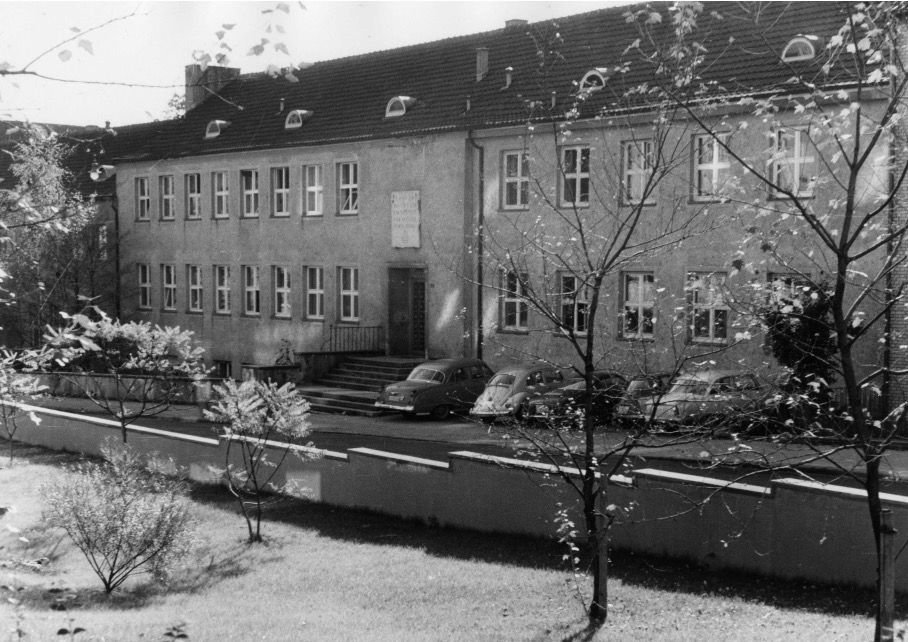
Timeline
1949: Renamed to Max Planck Institute for Metals Research
1953: Dissolution of the Institute for Physical Chemistry
1958: Establishment of a Department of Special Metals
1959: New Department of Metal Physics Opening of a new building for special metals
Timeline
1949: Renamed to Max Planck Institute for Metals Research
1953: Dissolution of the Institute for Physical Chemistry
1958: Establishment of a Department of Special Metals
1959: New Department of Metal Physics Opening of a new building for special metals
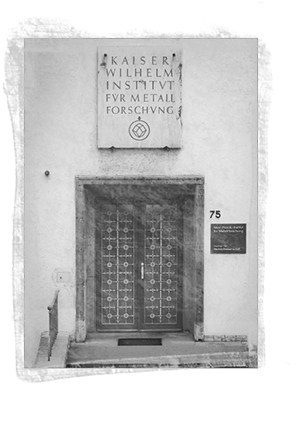
From KWI to MPI
After the war, the Kaiser Wilhelm Society (KWG) faces dissolution because of its involvement with the Nazi regime and its role in arms research. The Max Planck Society (MPG) is therefore formed in the British occupation zone in September 1946 to provide a new organizational framework for the Kaiser Wilhelm Institutes (KWI) located there.
When this Society is expanded to the American zone on 26 February 1948, the KWI for Metals Research becomes one of its founding Institutes. It is renamed the Max Planck Institute for Metals Research with effect from 1 January 1949.
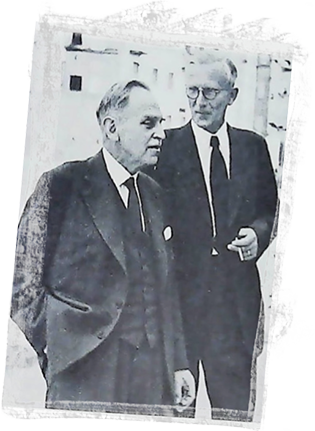
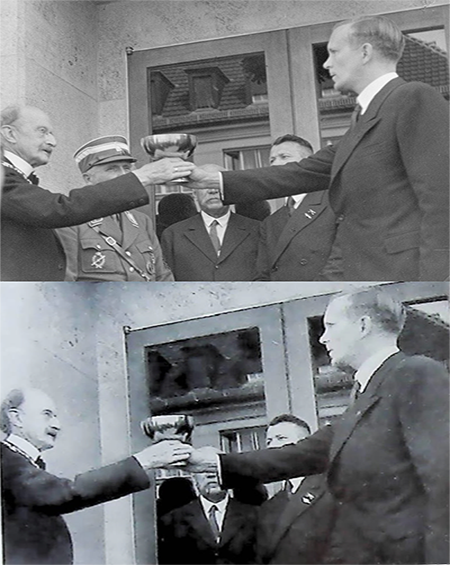
Policy towards the past
The MPI for Metals Research avoids confrontation with its Nazi past. In the commemorative publication marking the 25th anniversary of the Institute in 1946, which was published retrospectively in 1949, the Institute's own role in the "Third Reich" is played down: it is said to have mainly carried out basic research without instructions. The commemorative publication glosses over the individual armament projects. No mention is made of Werner Köster’s strenuous efforts to continue producing weapons right up until the last few weeks of the war. The anniversary publication of 1959 still pays tribute to the most influential Nazi representative on the Board of Trustees, SA member Otto Fitzner, as a “true friend and patron of the metal sciences”.
This concealment of history is particularly noticeable in a photo first printed in the anniversary publication of 1949: Werner Köster is seen toasting Max Planck at the opening of the Institute in Stuttgart in 1935. The photo has been retouched to conceal the fact that SA Gruppenführer (“Group Leader”) Carl Eduard von Sachsen-Coburg was also present. The original photo does not appear until 1989, when it is printed without explanation in an obituary of Köster. The Institute’s involvement is not laid bare until 2004/07, when it is uncovered during the course of Helmut Maier’s work for the MPG’s research programme “The History of the Kaiser Wilhelm Society during National Socialism”.
Internationalization
The MPI returns to the scientific community in 1950 when the reconstruction work is complete. The number of foreign visitors rises rapidly, as does the number of invitations to international conferences sent to members of the Institute. 29 international guest scientists work at the MPI between 1948 and 1958, including eleven from the USA and five from Japan. In all, the number of scientific research assistants at the Institute rises from 10 to 16, the technical staff from 37 to 54.

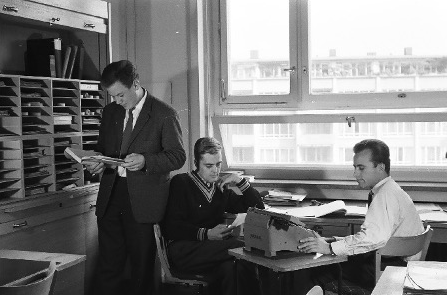
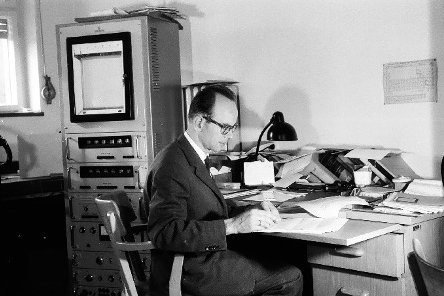
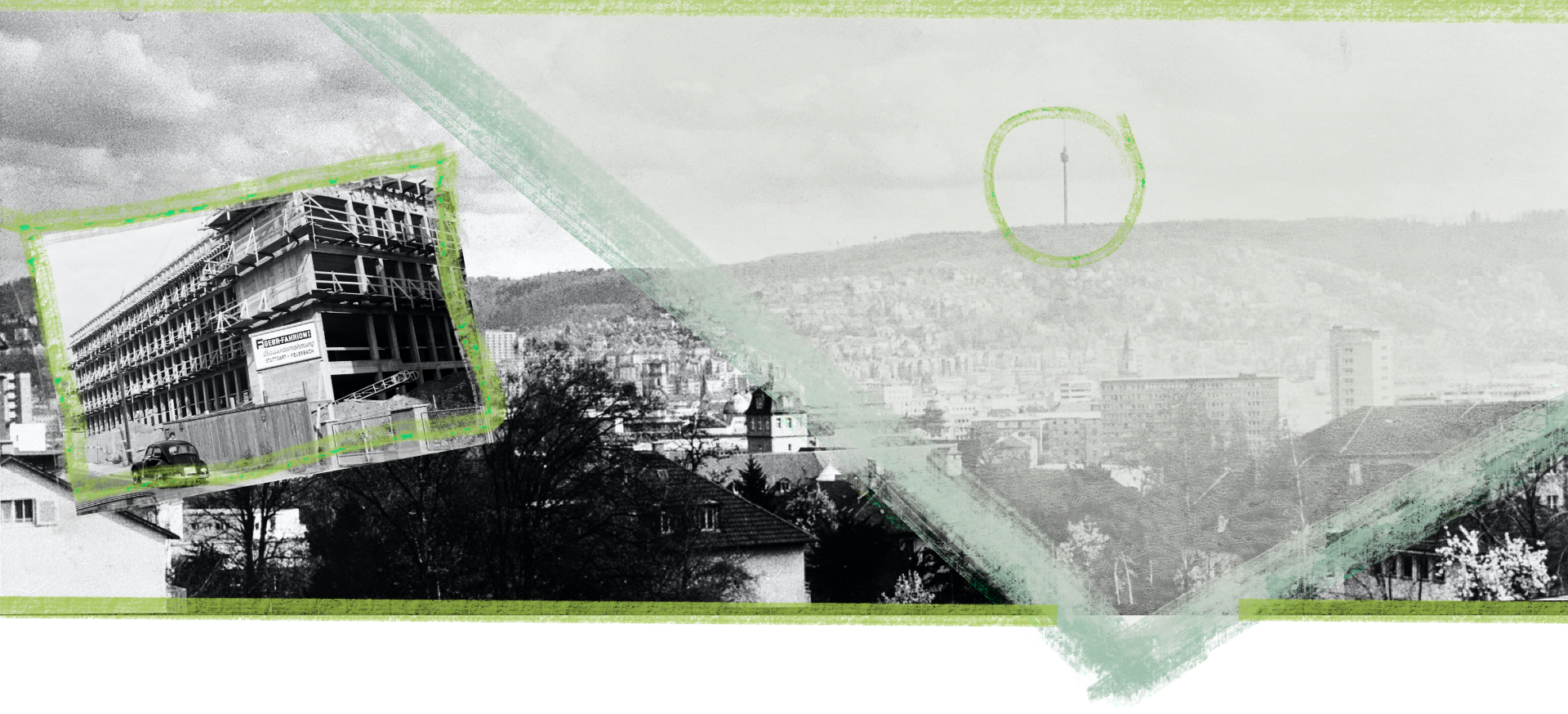
Special metals for reactor construction
The Federal Republic of Germany, founded in 1949, begins developing its own nuclear research facilities during the 1950s. The MPI for Metals Research is integrated into this process early on. Beginning in 1956, the Institute negotiates the establishment of an independent Department to address the metallurgical problems associated with the new materials required for the construction of nuclear reactors.
In April 1958, the new Department of Special Metals starts work under the direction of Erich Gebhardt. A new building is erected at Seestraße 92 and is inaugurated in November 1959. The new research facility is very well equipped and has 52 staff members. Some of the ten scientists undergo special training in the USA. The scientists in Stuttgart work hand in hand with Kernreaktor Bau- und Betriebsgesellschaft mbH in Karlsruhe right from the start and are involved in the development of FR2, the first nuclear research reactor built in Germany.
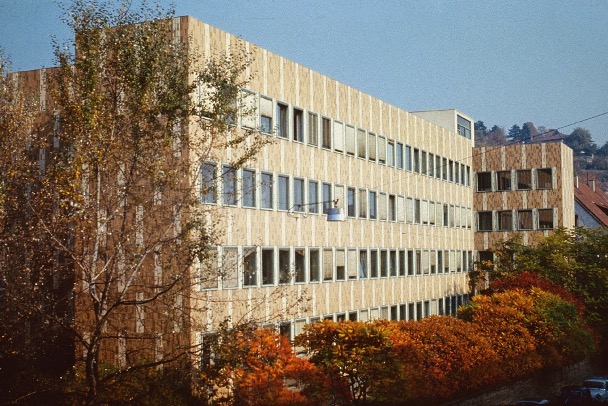
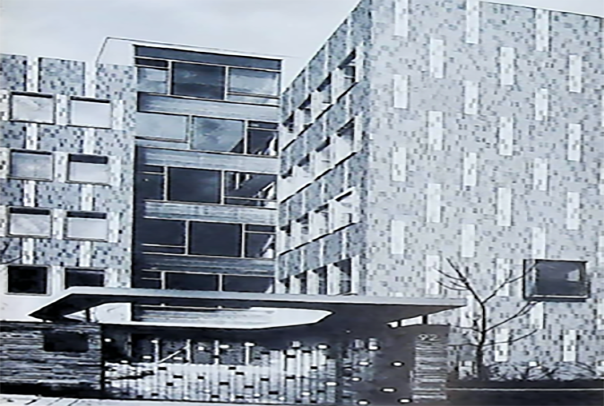
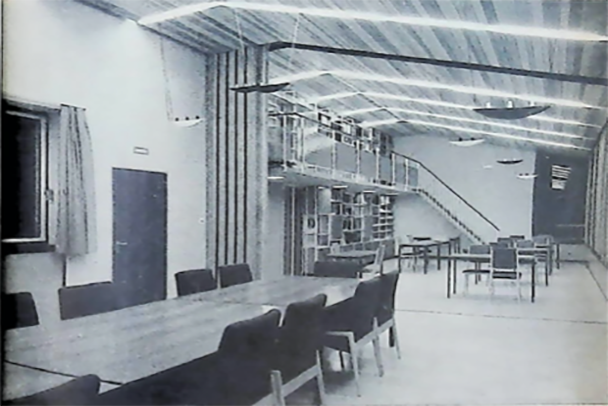
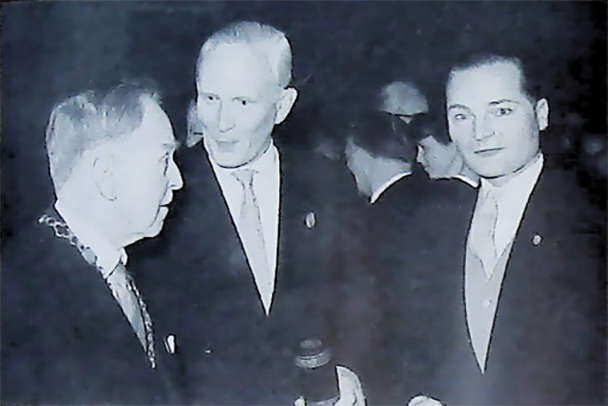
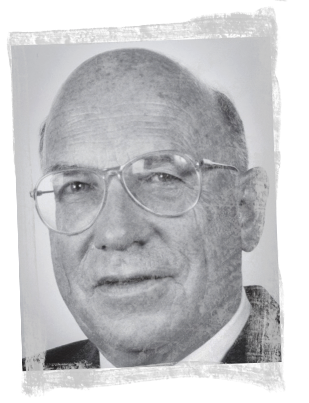
During the 1950s, the influence of solid state physics grows while the importance of physical chemistry declines. Following Georg Gruber’s retirement in 1953, his Institute for Physical Chemistry is dissolved. The remaining staff members are transferred to the Institute of Applied Metallurgy, which is given a building extension in 1956.
The creation of a Department of theoretical and experimental research in the field of metal physics in February 1959 marks the establishment of another physics facility at the MPI-MF. Its Director, Alfred Seeger, also takes over the newly established Chair for Solid State Physics at TH Stuttgart.







